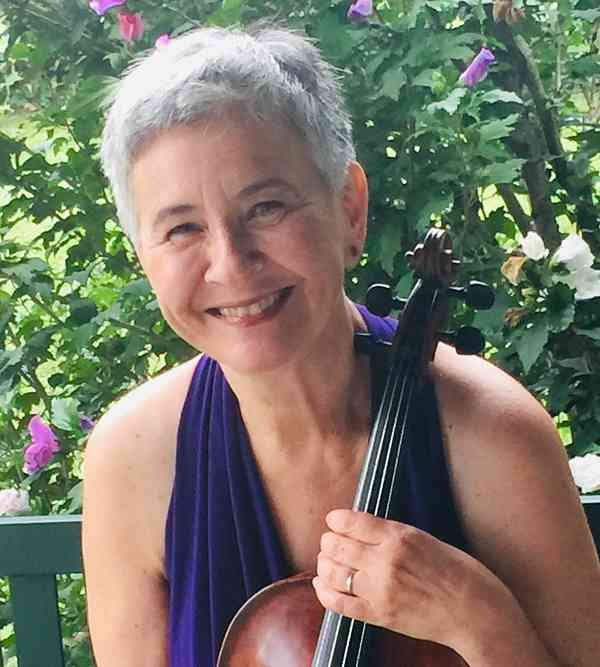Suite for Viola (1986)
Duration: 18’
Movement Titles: Prelude | Allemande | Courante: Homage à Bach | Sarabande | Gigue | Postlude
First Performance: 2 December 1986 / Paul Recital Hall, Lincoln Center, New York City, New York / Lisa Ponton, viola
Publisher: E.C.Schirmer | Purchase Sheet Music | Download Sheet Music
Purchase Sheet Music: all-sheetmusic | Front
Program Note:
In the Suite for Viola musical cultures collide as much as musical cells. Hagen wrote the piece on trains while commuting from New York to New Haven — he was serving as copyist for David Diamond's Flute Concerto, which was being premiered by Jean Pierre Rampal and the New Haven Symphony — and his travels engendered a strange type of historical musing. (Lisa Ponton premiered the piece at the Manhattan School of Music on 2 December 1986, and it is dedicated to her.) If the cello suite explores the possibilities of cellular development by itself, then the viola suite explodes the concept to a postmodernist, allusive use of baroque forms which is sometimes cultured and sometimes raw. Tonality, metric steadiness, and diatonicism are presented as healthy musical states, while atonality and rhythmically uneven music portray psychological disturbance, a lack of centeredness. J.S. Bach's solo string music is held up as a source of solace, and a guide.
Art courtesy of violist Roselyn Hobbs.
The first movement, Prelude, is a palindrome, leading out from a fragmentary quotation of Bach's First Cello Suite into turbulent waters and back in again, to a closing section which has been irremediably changed by the middle madness. The composer describes the next movement as a dance movement from Hell. This Allemande is not only a German dance movement in 2/4 but a foray into the violent moods of German Expressionism. (Hagen's actual language remains as un-Teutonic as ever, though there is a splendid phrase in octaves which has a distinctly Beethovenian shape.) The violin and cello suites used a minor third as a 'wailing' motif, but here the inclusion of frequent slides and quarter tones bending the pitch have an even more pungent effect, and are used in ways which recall American jazz.
The Courante and Sarabande together form a calm center for the suite. The first is an extroverted Bachian homage, the second a more private evocation of youthful nostalgia, but both lead their harmonic figurations into strange harmonic territory. The Gigue is a companion to the Allemande, being similar in form, but the emotions have now reached crisis stage. There are brief moments of calm, but most of the piece is disturbingly violent, a St. Vitus' Dance of shaking sixteenth notes and trembling trills.
The Postlude shows a body at rest — or a funeral bier. The world of Bach is evoked as clearly as in the suite's opening, but the frequent glissandi poison the texture. One cannot tell if tonality has triumphed or is merely resigned to an unending fight. The mournful world of late Shostakovich is perhaps the nearest analogue.
The suite was composed between 10-17 February 1986. The first recording was made by Charles Noble for the Arsis label (Arsis CD111).
— Russell Platt, 1998

